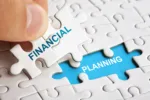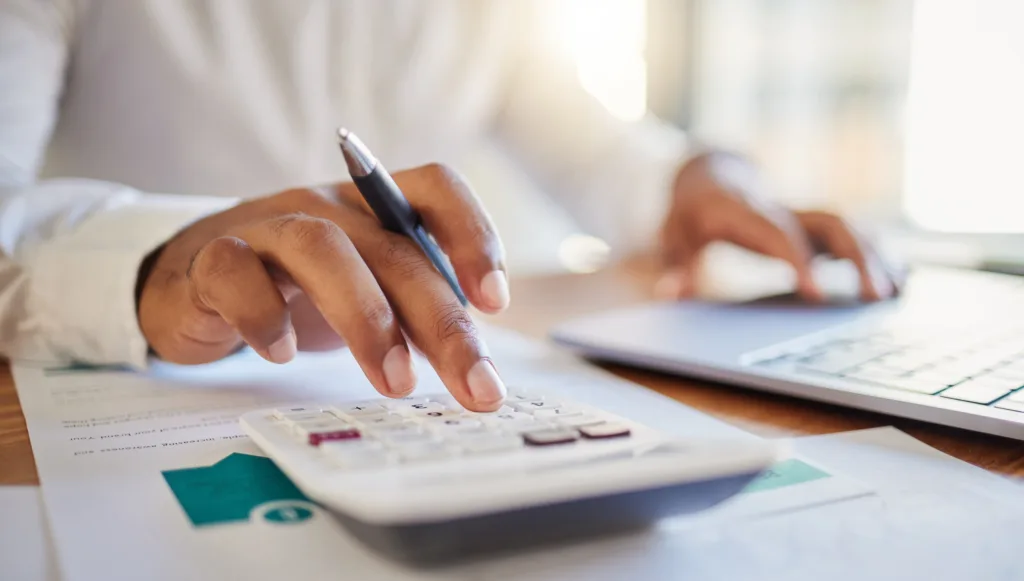How Do I Start Budget Planning?

Almost everyone would like to save a little bit of money. But so few of us know how to do that – we hear about budgeting, but it holds little meaning without instruction.
How does one budget? What does it look like? What’s included in the budgeting process?
These are excellent questions, and, truthfully, the FAQs of budgeting that we want to address today.
What is budget planning?
Budget planning is recording how much money you are making and spending so you know how much you have left over. Budgeting helps prevent overspending which keeps you from running out of money until your next paycheck and allows you to set money into savings each month.
You can budget for everything – meals out, oil changes, rent, student loan payments, concert tickets – so you have money for the fun things you enjoy, but also enough to cover bills and other financial responsibilities.
What are the benefits of budget planning?
There are numerous benefits to budget planning – when you know exactly where your money is going, you have more control over your spending and better long-term plans.
Working towards future goals
If you have a budget, you can see how much money you have left over each month to help you save for those future goals. You might have a set amount you put into savings each month, or on the months when you don’t spend as much as usual (i.e. during fall months when you’re not paying for AC or heat), you can put any leftover dollars aside.
Helping prevent financial emergencies
If you know where your money is going each month, when emergencies occur, you do not have to panic. If you have money set aside, or a little loose change planned for yourself each month, then when you have an unexpected bill (like needing new tires or replacing a furnace), you won’t need to worry about where that money is going to come from.
Provides a map of where you spend your money
By recording where your money goes each month – from routine expenses to shopping trips to eating out – budgeting can show you where and how you spend money. So, if you notice yourself doing a lot of online shopping, but are trying to save for a car, a budget can identify those habits and help reel in those patterns of behavior.
Prevents overspending
Credit cards are an unfortunately easy way of spending money we do not have. However, the consequences of credit card use can be severe when unregulated.
Luckily, budgeting can essentially replace the need for credit card usage at all. If you know how much money you have and where it’s going, the temptation to spend outside your means, i.e. outside of what you budgeted for, may be significantly decreased.
How to start budget planning
Compiling a budget plan takes a little time to compose, but the results pay off immensely. There are various budget planning tips and methods that you can use to get started, including the 50/30/20 method and the envelope plan.
50/30/20 budgeting
This method allows 50 percent of income to go towards necessities, 30 percent to go towards wants and 20 percent to go towards saving or debt repayment. The benefit here is that the 30 percent and 20 percent can be flipped easily if you want to pay off debt or loans faster so you’re debt-free sooner.
This method is an easy one to begin with and allows you to become comfortable with budget planning initially.
Spreadsheets
Organizational spreadsheets allow you to see your entire year of spending to help you recognize trends and places where you have more wiggle room or where you need to cut back.
Along the top, write out each month of the year in your columns. Then, down the side of the sheets, make rows identifying where your money goes – make a section of rows for bills, then one for necessities (like groceries, gas, entertainment funds, etc.); another section should be dedicated to your income.
Using this layout, you can work down a column (for January, let’s say), and see the cost of all your bills, then all your necessities, and finally, your income. Do the math of subtracting your bills/necessities from the income to see how much you have left, and stash that remainder into savings.
Envelopes
Dedicating envelopes to different categories of spending can help those prone to credit card usage stop overspending. In the envelopes, you will put the cash amounts of how much money you have set aside for gas, groceries, entertainment, etc., and will only allow yourself to use that much each month.
This method can keep you very disciplined – once you’re out of cash for entertainment or eating out for the month, that’s it. It’s also a beneficial method for those who visually like to see when and where their money goes.
Taking care of you – financially
Whether you need additional examples of budget planning, want to discuss tips on financial fitness, or just need someone to help you organize your spending habits, Mazzitti & Sullivan EAP is here to help.
To get in touch, contact us by calling 800-543-5080 to learn more.



